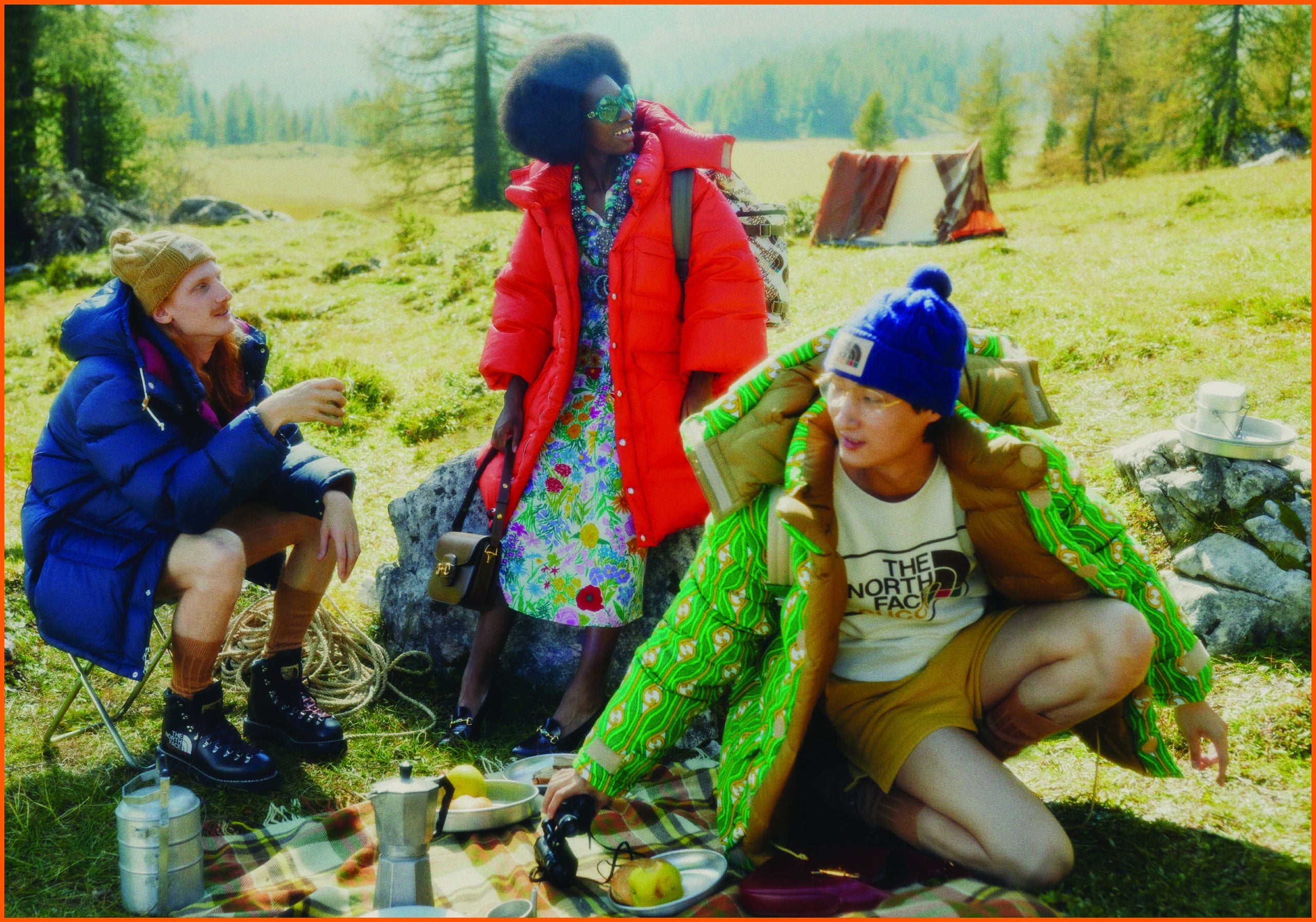I’ve spent most of my adult life within the concrete confines of cities. When I was young, my family just didn’t do things outside. The fleece-wearing, trail-traipsing, peakbagging folks I saw in adventure magazines seemed like a different breed from me and everyone I knew.
My experience isn’t unique. An estimated 83 percent of the U.S. population resides in urban areas, and the hurdles to outdoor recreating are significant for much of that demographic. Many urbanites rely on public transportation, and the cost and pace of city living often means we have limited resources to plan big outdoor adventures.
The pandemic, though, upended the notion that people have to travel far and spend heavily to get outside. As indoor venues shuttered and people flocked to local outdoor areas, government organizations like the National Park Service began funding improvements to infrastructure in urban parks and green spaces, especially in underserved areas. And participation in low-barrier activities like running, biking, and camping has seen record increases.
According to the Outdoor Industry Association’s 2020 report “The New Outdoor Participant,” 36 percent of these new fresh-air seekers live in cities. Moreover, they are more ethnically diverse and represent a wider range of income brackets than existing urban adventurers. The report also indicates that new entrants have been historically ignored, stating that “a lack of information about where to go, how to participate, and whom to participate with can be a barrier to trying new outdoor activities.” Yet, notably, more than 60 percent of those surveyed planned to continue their new outdoor pursuits post-pandemic.
That’s an open invitation for brands to convert neophyte urban adventurers into lifelong customers. But they first need to circumnavigate some basic roadblocks, starting with versatility and cost. Most entry-level recreationists are aware that they don’t require sport-specific, specialized gear, which can come with an intimidation factor. Accordingly, more outdoor brands are designing for city folks who want a pair of shoes they can wear hiking, paddling, and biking. “We hear all the time from our customers that a Cotopaxi product was the first piece of outdoor gear they purchased,” said Jeffrey Steadman, community engagement director at Cotopaxi. “It’s pretty appealing to have gear that not only gets you to work every day, but helps you summit a peak or explore a new town on the weekend.”
Then there’s the most difficult hurdle to clear: helping urban customers physically—and mentally—get to where they can embrace nature in a deeper way. Most urbanites can step outside and jog down the sidewalk. But right now, they just don’t see themselves—or people who look like them—mountain biking or snowshoeing through a forest preserve.
Successful marketing in urban communities requires a more thoughtful strategy than simply adding diverse faces and bodies to ad campaigns. At a minimum, brands can capitalize on OIA’s suggestion to curate social media content with information about close-to-home green spaces, public transit options to access further-out parks and trails, training for outdoor activities, and linking up with like-minded urban adventurers. “If you want to support the culture of getting outside, you need to invest in the [cultural] infrastructure,” said Constance Beverley, CEO of Share Winter Foundation, which funds programs to make winter sports accessible to a diverse community of youth. “Are you partnering with organizations that introduce sports in a safe environment? Are you providing education programs to make people feel empowered outside? Brands must embrace these ideas to fully tap into the urban outdoor market.”
As for me, I woke up one day in my downtown Chicago high-rise, craving a hike but not knowing where to turn. Soon after, I founded the Urban Outdoors digital community to equip city dwellers with tools to get outside. Outdoor brands have an opportunity to bring these 101 experiences to the next level. Let’s hope they seize it.


